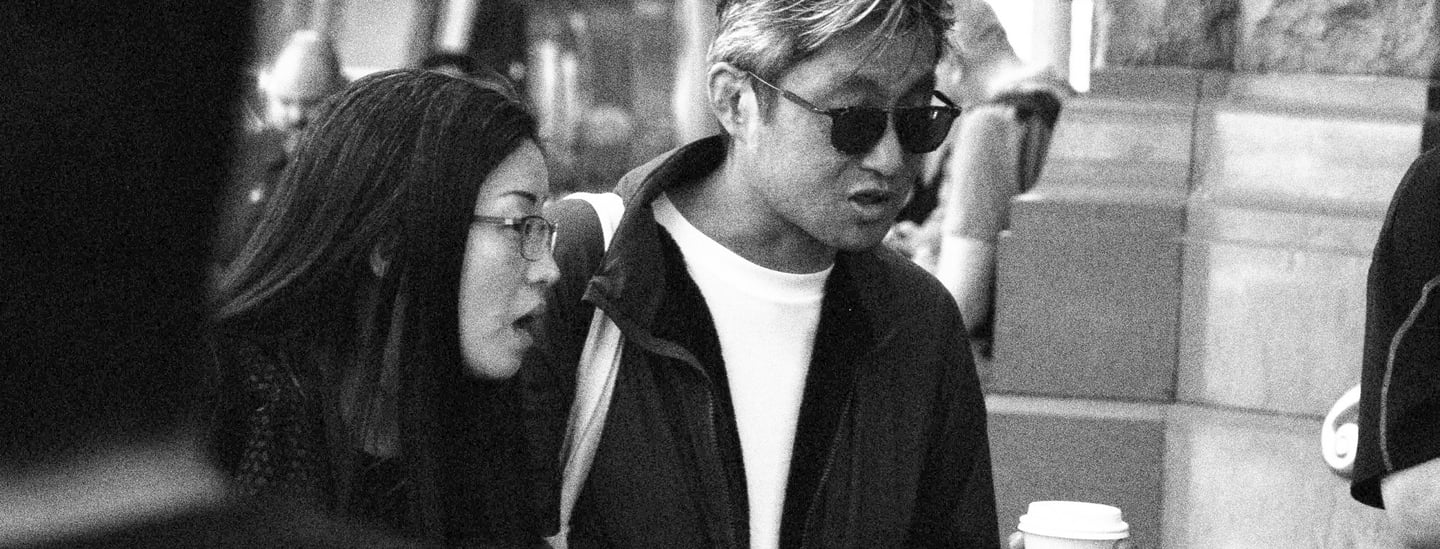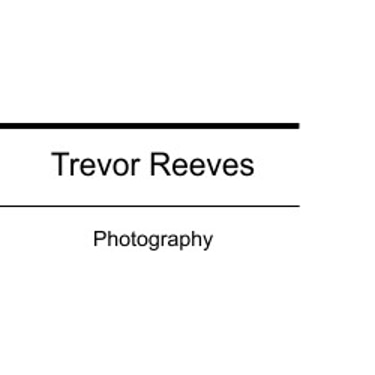

Welcome
Welcome to this page, your gateway to exploring my Street and Portrait photography. There are a few reasons why I created this site; they are to:
Introduce the brand of Trevor Reeves Photography
Help visiting and local street photographers with places to go in Sydney
Introduce my Sydney photography tours
The Sydney images are updated weekly.
What is Street Photography
Street photography art sees everyday life in terms of candid moments, set in public spaces. It tries to capture human activity within those places.
Some interpretations will include fashion or portraits set in an urban environment. I don't subscribe to this view, as I believe it has to be candid.
What Motivates Me
I feel alive when I photograph the streetscape. I'm an observer, a voyeur. I select which parts of the street I want to depict: photography is about choosing what is included in the frame, and what is not.
But more than that... how the elements are placed; the aperture and its effect on focus and depth of field; and the shutter speed and its impact relative to time and motion.
Q Why did you take up street photography?
A. I had been drifting into it for a year or so. It seems to agree with my enquiring mind, one which is interested in the human psyche. It's also so convenient for my lifestyle.
Q When is your favourite time of day for Sydney street photography?
A I'm a morning person...I'm up early and have more energy at that time. Also, the air is clearer. However, lately I’ve been out in the CBD at lunchtime when it’s hectic.
Q What is the hardest thing about what you do?
A Believe it or not, it's taking close-up photos. One way around this is to use a 200mm zoom lens.
Q Who are some of your favourite street photographers?
A Henri Cartier-Bresson, Jonathan Jasberg, Manuel Ortiz, Vivian Maier, Saul Leiter, Trent Parke.
Q What are your settings for the triangle?
A I set all three controls manually (Aperture, Shutter speed, ISO). This sometimes means my photo is way over- or underexposed, but as I shoot RAW I can usually recover from this in post processing.
FAQs
A Brief About Photography
There are three elements involved in achieving the correct photograph exposure. These are:
1. ISO. This is the overall brightness within an image, measured numerically. For example, 200-400 is considered a normal ISO while 1600 is high.
2. Aperture. This is measured in f-stops. A lens with an aperture range of f/2.8 - f/22 means it can open as wide as f/2.8 (letting in the most light) or close down to f/22 (letting in the least light).
Unique to photography, aperture affects the depth of field, meaning the distance range within a scene that appears sharp in a photo. A wider aperture creates a shallower depth of field (limited sharpness) while a smaller aperture creates a larger depth of field (greater sharpness).
3. Shutter speed. The speed at which the shutter opens and closes, measured between perhaps 30 seconds (depending on the camera) and 1/8000 of a second.
Reciprocity
This says that when an element is changed (changing the light exposure) using shutter speed, aperture or ISO, a reciprocal movement can be made in the other elements. For example, if you increase your aperture (letting in more light), you can increase your shutter speed (exposing the sensor for less time) to maintain the same exposure. Similarly, if you increase your ISO, you can use a smaller aperture or faster shutter speed.
Portfolio
Showcasing our best photography work for you.
Contact
Follow
trevor.reeves@iinet.net.au
0401 054 534
© 2025. All rights reserved.
